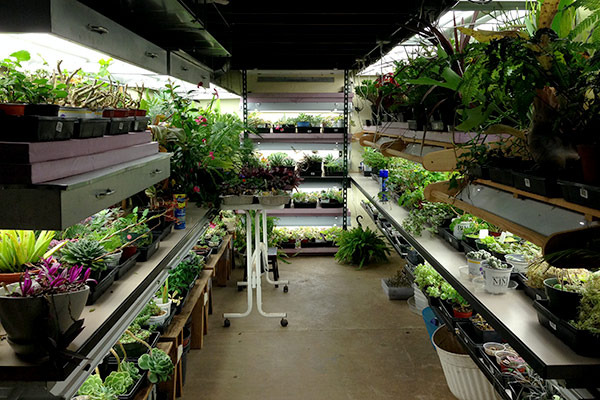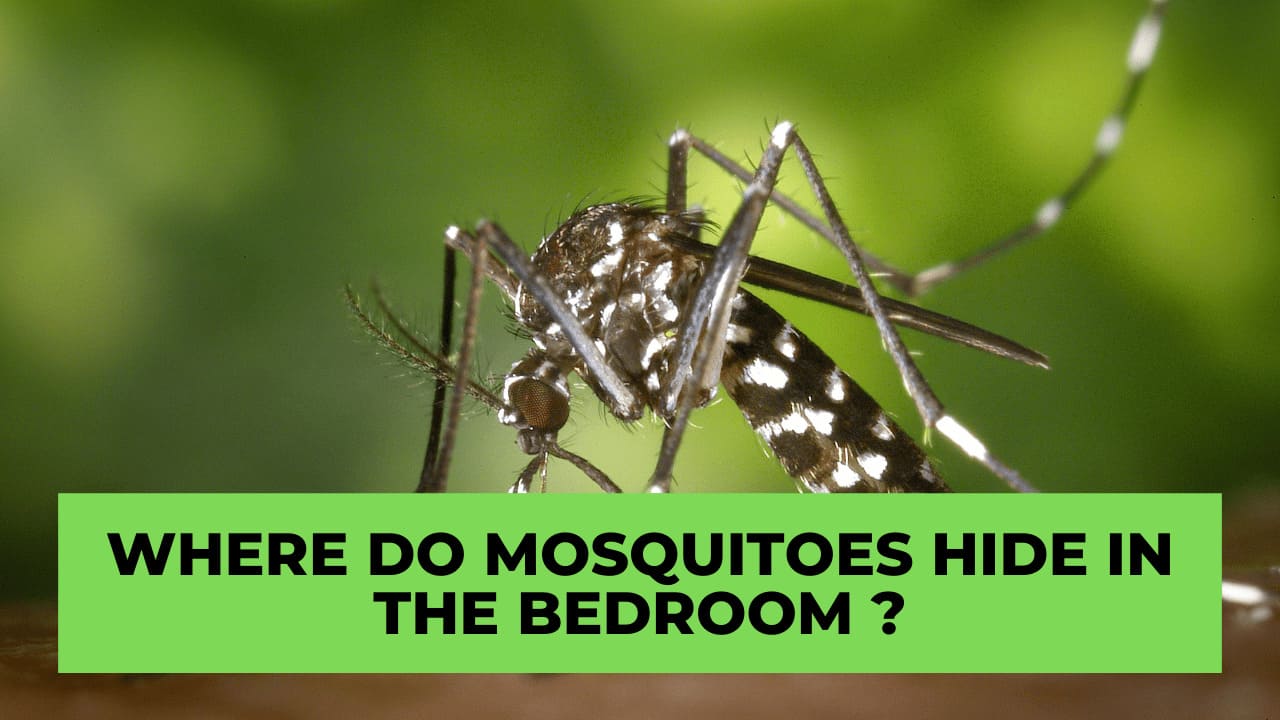Creating an efficient grow room, especially in a basement, involves careful planning and consideration of various factors such as lighting, ventilation, humidity, temperature control, and space utilization. Here’s a step-by-step guide to help you transform your basement into a productive botanical oasis:
1. Planning and Layout:
- Space Utilization: Measure your basement space and plan the layout. Consider shelving units, vertical gardening systems, and tables to maximize the use of available space.
- Plant Selection: Choose plants that thrive indoors and consider their light and space requirements.
2. Lighting:
- LED Grow Lights: Invest in energy-efficient LED grow lights. Calculate the wattage needed based on the size of your grow room and the type of plants you’re cultivating.
- Light Spectrum: Choose lights with a full spectrum to support different stages of plant growth.
- Light Timer: Use a timer to simulate natural light cycles for your plants.
3. Ventilation:
- Exhaust Fan: Install an exhaust fan to remove heat and maintain proper air circulation.
- Intake Fan: Consider an intake fan to bring in fresh air.
- Carbon Filters: Use carbon filters to control odors.
4. Temperature and Humidity Control:
- Thermostats: Install thermostats to monitor and regulate the temperature.
- Humidifiers/Dehumidifiers: Use humidifiers or dehumidifiers to maintain optimal humidity levels for your plants.
5. Air Circulation:
- Fans: Use oscillating fans to ensure even air circulation within the grow room. This helps prevent mold and mildew growth.
6. Watering and Nutrients:
- Watering System: Set up a drip irrigation system or use self-watering pots to efficiently water your plants.
- Nutrient Management: Research the specific nutrient requirements of your plants and use appropriate fertilizers.
7. Environmental Monitoring:
- Sensors: Use environmental sensors for temperature, humidity, and CO2 levels. Connect these sensors to a monitoring system for real-time data.
8. Pest and Disease Control:
- Preventive Measures: Keep the grow room clean and free of dead leaves to discourage pests.
- Natural Predators: Introduce natural predators like ladybugs or mantises to control pests without using chemicals.
9. Organization and Maintenance:
- Labeling: Label your plants and their specific care requirements.
- Regular Maintenance: Inspect plants regularly for signs of pests, diseases, or nutrient deficiencies. Prune and trim as necessary.
10. Safety Measures:
- Electrical Safety: Ensure all electrical connections are secure and use surge protectors to prevent electrical hazards.
- Waterproofing: Since it’s a basement, ensure proper waterproofing to prevent water damage.
11. Aesthetics and Ambiance:
- Decor: Consider aesthetic elements like decorative pots, artwork, or color schemes to create an inviting atmosphere.
- Lighting Design: Use creative lighting designs to enhance the ambiance of the space.
12. Documentation:
- Journal: Keep a journal to record the growth of your plants, the techniques you’ve used, and the outcomes. This will help you learn and improve over time.
By carefully considering these aspects and investing in quality equipment, you can turn your basement into a highly efficient and visually appealing botanical oasis. Remember, each plant species might have specific needs, so always research the particular requirements of the plants you intend to grow.





